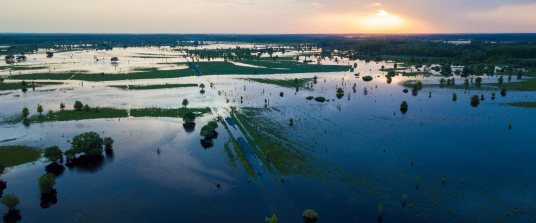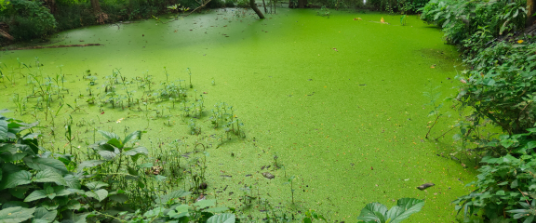Open-air Laboratory
Germany
The Elbe River is regularly affected by flood events and is being explored in Germany with blue-green NBS as a response. The German case study focuses on flood protection in a nature conservation area near Hamburg. The OAL-Germany presents the Biosphere Reserve Lower Saxony Elbe Valley, part of the UNESCO Biosphere Reserve Elbe River Landscape. Large areas of the biosphere reserve belong to the European protected area system NATURA 2000.
OAL Germany
Flooding is a significant problem for inhabitants of the biosphere reserve. In particular, the runoff-inhibiting forest is perceived as a major risk, as it is crucial for functioning flood protection to reduce the extreme flood height of the Elbe at narrow points by removing runoff-inhibiting vegetation.
Motivation for choice according to hazard exposure and asset value
to the UNESCO Biosphere Reserve ‘Flusslandschaft Elbe’ (Elbe River Landscape)
Possible nature-based and hybrid solutions
For more information you can visit the interactive page with elaborated details and solutions for OAL-Germany
Our partners
Hazards
Across the world, we are facing challenges like disaster risk everyday. Some of us are living in areas where disasters are very likely. Which challenges are you facing in your area? Flood, landslides, coastal erosion, drought, something else?
Flooding
The fear of flooding is a major perceived risk. Floods affect many areas, such as agriculture, infrastructure, local businesses as well as the tourism sector. To deal with the risk of flooding, OPERANDUM has implemented multiple Nature-based Solutions.
Contact
Have a question, feedback or want to work with us?


























